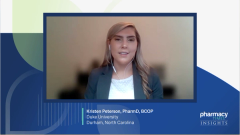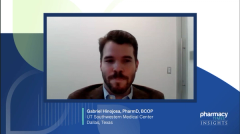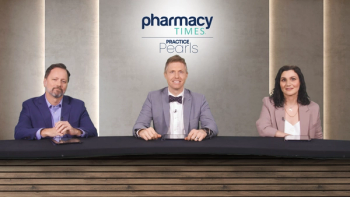
Eligibility Factors in Multiple Myeloma Transplant
Gabriel Hinojosa, PharmD, BCOP, analyzes eligibility factors and treatment shifts in multiple myeloma care, in addition to discussing autologous stem cell transplant risks and evolving therapy approaches with daratumumab.
Episodes in this series

This is a video synopsis/summary of an Insights involving Gabriel Hinojosa, PharmD, BCOP.
In a discussion on stem cell transplantation, Hinojosa emphasized the critical factors influencing eligibility for autologous stem cell transplant in patients with multiple myeloma. The myeloablative chemotherapy regimen poses significant risks, and although the procedure enhances response depth and remission duration, it’s not curative. Hinojosa stressed the importance of evaluating patient age, comorbidities, organ function, and social support. Transitioning to the comparison of D-RVd (daratumumab [Dara], lenalidomide, bortezomib, dexamethasone) and RVd in first-line multiple myeloma treatment, Hinojosa highlighted the paradigm shift influenced by the GRIFFIN trial. The addition of a Dara tumor map significantly favored a stringent complete response over RVd alone. Recent PERSEUS trial data confirmed improved progression-free survival with subcutaneous daratumumab combined with RVd induction, prompting a shift toward quadruplet therapy for newly diagnosed, transplant-eligible patients. This evolving approach reflects advancements in optimizing treatment outcomes for patients with multiple myeloma.
This summary was AI-generated and reviewed by Pharmacy Times® editorial staff.
Newsletter
Stay informed on drug updates, treatment guidelines, and pharmacy practice trends—subscribe to Pharmacy Times for weekly clinical insights.








































































































































































































